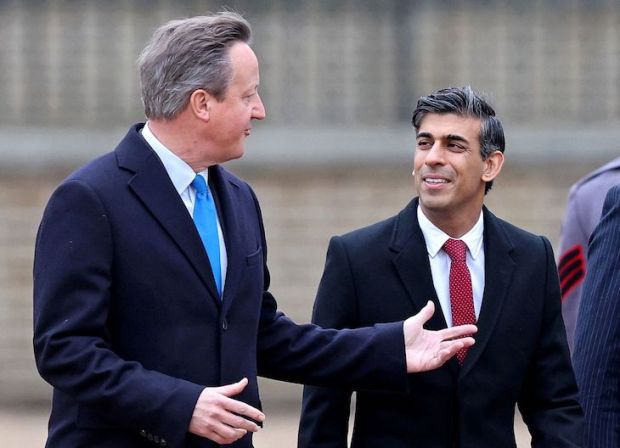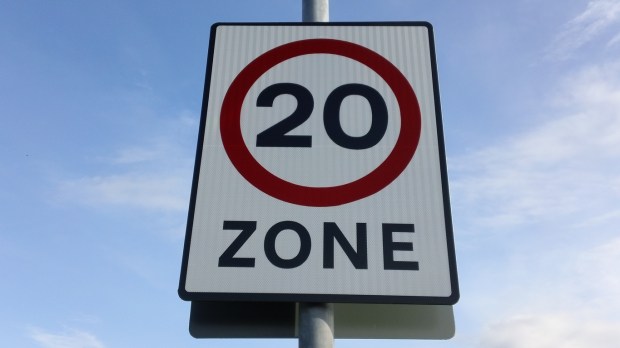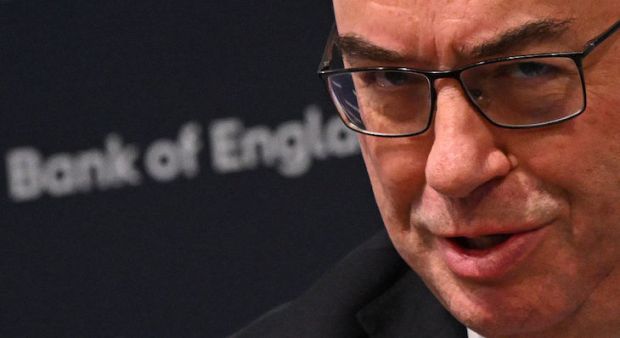Which public health interventions help to cut the spread of Covid-19 — and which do not? Except for vaccinations, where we have extensive trial data, this is a question on which the government has had little information to help it. But this morning’s headlines appear to offer an answer: wearing masks may help slash Covid infections by 53 per cent. Unfortunately, what the headlines don’t tell us is what kind of mask-wearing, where and in which circumstances. Do we need surgical grade masks or will cloth do? Should we wear them in the street or just indoors? Can we take them off if travelling in a near-empty train carriage?
The headlines are based on a paper led by Monash University in Australia and published in the British Medical Journal, which reviews 72 studies that have each tried to quantify public health interventions. But the details provide a far murkier answer than the headlines would imply — and still leave us largely in the dark.
Three main interventions were assessed: handwashing, mask-wearing and physical distancing. With handwashing, three studies were assessed, involving a total of 10,345 people (292 of whom contracted Covid during the study period). Merging the results, handwashing appeared to reduce the incidence of infection by 53 per cent — although the researchers said this was not statistically significant.
Six studies assessed mask-wearing, involving a total of 389,228 people (2,627 of whom contracted Covid). This found that mask-wearers were also 53 per cent less likely to be infected — but this time, the Monash team deemed the results significant. The studies also produce varying results, with mask-wearers’ relative risk of catching Covid ranging from 21 per cent to 82 per cent. Moreover, the Monash team said that the risk of bias in the studies ranged from ‘moderate’ to ‘critical’. Five physical distancing studies were assessed, involving 108,933 people (2,727 of whom became ill). Distancing (the extent of which was not specified) was found to reduce risk of infection by 25 per cent. But again, the results varied widely — along with the risk of bias.
So, does this mean that the government should encourage mask-wearing above all else? Hardly. The fact that mask-wearing has been singled out in the media is because the Monash team said those results were statistically significant. What they were really saying about the other interventions is: we simply can’t tell.
Even with mask-wearing, there are problems with this kind of study. These are not blind and controlled as we had with vaccine trials. If you are wearing a mask you know you are wearing a mask: there is no placebo. And whether or not someone decides to wear a mask is not independent of their risk of catching Covid. It might make some people more reckless in their behaviour — or perhaps those who actively choose to wear masks are especially careful. The studies quoted in the review don’t assess this.
It is great to have data to help inform decision-making. Unfortunately, good data does not always exist — even after a year of frantic research into coronavirus. As regards public health interventions, we are still largely in the dark.
Got something to add? Join the discussion and comment below.
Get 10 issues for just $10
Subscribe to The Spectator Australia today for the next 10 magazine issues, plus full online access, for just $10.




















Comments
Don't miss out
Join the conversation with other Spectator Australia readers. Subscribe to leave a comment.
SUBSCRIBEAlready a subscriber? Log in